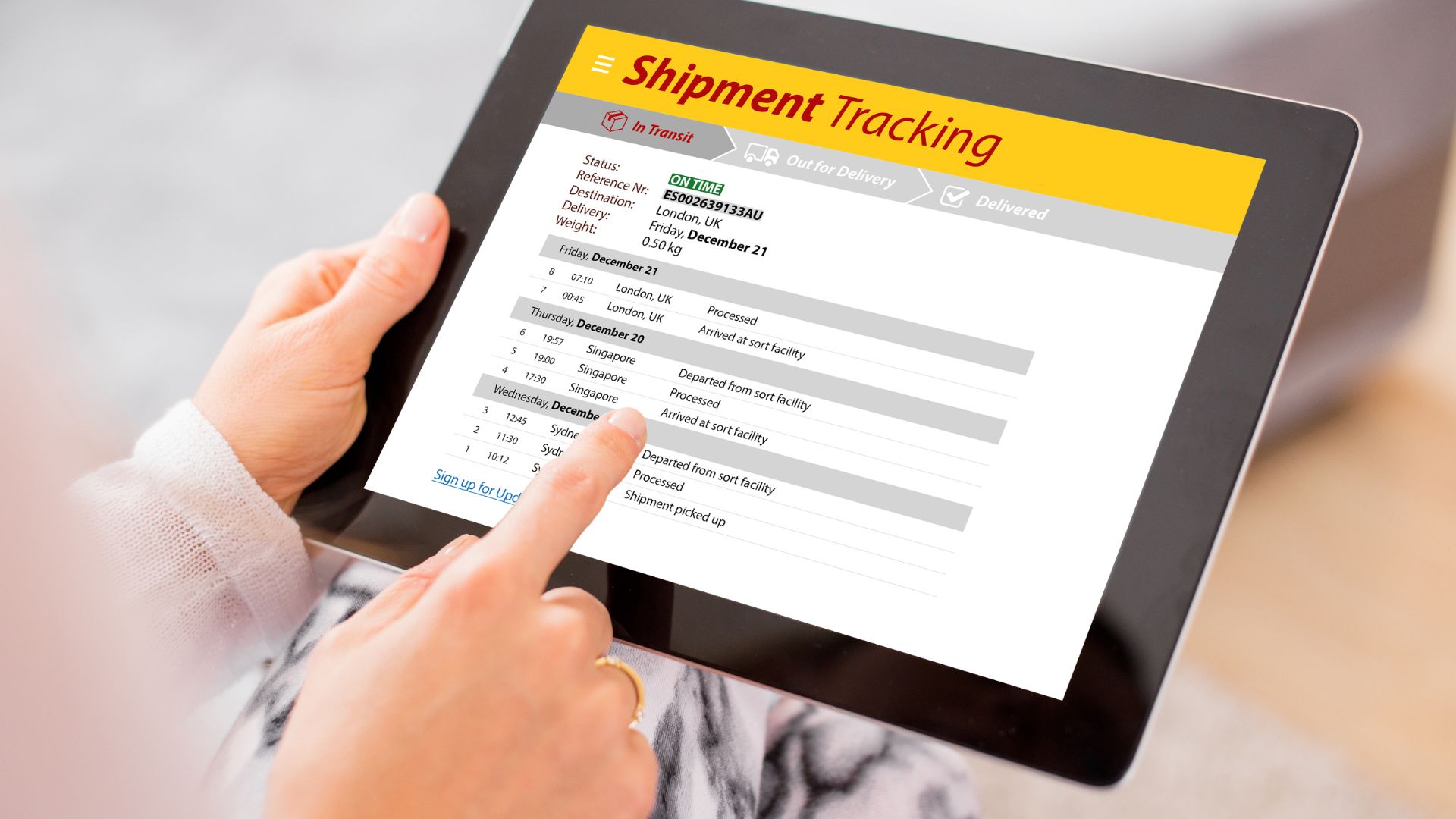
From Point A to Point B, and the International Shipping Services in Between
Industrial buyers practically move mountains to get their products manufactured overseas, clearing the litany of hurdles it takes to engage offshore manufacturing over many weeks and months. You would think once an order was placed and produced, the hard part would be over, but there’s one final jump to clear: shipping products stateside. Let’s take a look at international shipping services.
International shipping is no small feat. It requires a coordinated plan of attack between multiple parties across multiple countries that takes time, money and patience to get right. What’s more, at least a few government and regulatory agencies are involved as well, which presents another mountain to be moved in order to complete procurement and receipt of offshore manufactured goods.
With all of this said, international shipping services are not impossible to manage, and can even be adapted into an easily repeatable arrangement once properly set up.
Understanding International Shipping Options
Making international shipping services work for your procurement processes first begins with understanding the most common shipping service methods. Here’s a list, beginning with a publicly accessible consumer shipping option to compare commercial shipping options against.
Consumer Shipping Options
Most of us will recognize names such as UPS, FedEx and DHL, which are consumer shipping service companies that operate retail centers where you can ship a single parcel across the country, or across the world. Consumer shippers focus on customer experience, delivery speed and cost when serving the general public, delivering directly to home and business addresses using their army of delivery drivers.
These groups are great for individual business shipments as well, based on their level of personal service and unrivaled distribution networks, but will quickly become uncompetitive when used for mass volume shipments.
Commercial Courier Services
For business-to-business options, the first most common resource available would be a commercial courier service. This category is mainly made up of different divisions of the same companies mentioned above – UPS, FedEx, DHL – as well as a wide range of medium-sized regional providers all over the world. These providers serve higher-volume, longer-distance shipping needs at competitive prices based on their combined consumer and commercial fleet, making small to medium-volume product shipments fairly accessible.
The downside of commercial couriers is that their network is built around large population hotspots, meaning that their shipments tend to incur more stops at distribution hubs and may be limited to only major destinations.
Commercial Freight Carriers
When it comes to moving larger volumes of goods, freight carriers are the next option in line. Commercial carriers are the owners and operators of major shipping vessels, planes or trains, directly contracting and shipping goods using their fleet. This international shipping service is straightforward since buyers work directly with the carrier, but can be complicated in a few ways: Materials usually have to be delivered directly to the carrier’s port or hub (as they do not operate local pickup and delivery routes), and may have long lead times awaiting available cargo capacity to your destination.
Freight Forwarding Service
The commercial equivalent of a UPS or FedEx for high-volume international shipping services is a freight forwarder. Freight forwarders are your one-stop shop for arranging portal-to-portal shipping, as these providers arrange and execute shipping services drawing from their network of different carriers.
A freight forwarder will handle pickup of your goods from the manufacturer, will transport these goods through one or more modes to arrive at your port of call, and can even facilitate final delivery of the shipment from port to warehouse. Because freight forwarders draw from their large network, they often offer faster shipping times and lower prices, as they shop multiple options to earn your business.
Shipping Aggregation Service
Shipping aggregators are a newer type of provider, rooted in online web-based SaaS technologies. Where freight forwarders are traditional businesses that mostly sell customized logistics services, shipping aggregators are online portals that automate open-market price quoting by integrating into other carriers’ systems directly.
A good analogy would be that if freight forwarders are like a restaurant that will do everything necessary to cook you a meal, shipping aggregators are like DoorDash or UberEats that will connect you digitally to others who will cook you a meal without doing any of the work themselves.
Like DoorDash, shipping aggregators focus on delivering convenience and the appearance of selection, but also like DoorDash, usually cost more and are at higher risk of an electronically arranged engagement falling through.
Streamlining the International Shipping Experience in Operations
Shipping products across the planet comes with its own set of unique ups and downs; some controllable, some not. In both cases, having a clearly defined logistics battle plan is the best way to mitigate risk and bolster chances for success.
Here are a few suggested steps to take:
- Qualify and vet international shipping services. Nothing can predict future outcomes quite like historical performance, and this certainly holds true for logistics vendors. Always perform ample due diligence on new shipping providers, confirming their reputation as well as their financial and legal capacity to resolve issues.
- Negotiate rates by volume. For mass product volumes, it is commonplace to expect volume pricing advantages especially when shipping via a freight forwarder. Quoted prices tend to cover baseline costs for the shipment, but as high shipping volume and repeat orders stack up, the cost to the courier to fill these shipments often goes down. Where feasible, these savings should be passed on to the buyer, if only the buyer asks.
- Require complete visibility. Buyers should require and receive frequent shipping status updates, location reports and other pertinent information concerning their shipments throughout transit. Even better, this transparency should cover technical variables that may apply to your products as well, such as cargo hold temperature readings and even camera snapshots to ensure that your goods are being handled as expected.
- Obtain audit-ready shipping documentation. When it comes to shipping goods across multiple modes, countries and regulatory boundaries, complete documentation and sound records can save untold costs and time. Shippers should be sure that all import and tariff paperwork is in order, including HS codes and payment confirmations, at the least. Fully documented chain of custody paperwork is even better, such that any issues discovered during transit can be narrowed down to a singular responsible party out of the many entities involved in a delivery.
- Actively mitigate cost risks. In shipping, costs change with the wind. Buyers should obtain price quotes with written validity dates, and may even wish to pay for price freezes where practical, in order to gain some control over unexpected price changes. Shipping insurance and performance bonds can help shore up financial loss in the face of imminent issues. Early price quoting and ordering is also advisable, as with all things related to logistics, it’s always more expensive the less time there is. All of these options and more are ways to actively manage cost risks, and should be exercised judiciously in order to protect the buyer’s cash flow.
Questions on International Shipping Services?
Put our decades of experience to work for you. Contact us for information on international shipping services and how to make the manufacturing process transparent and streamlined.






